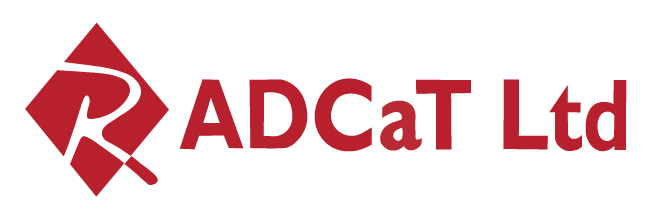COSHH chemical safety is essential for any workplace where hazardous substances are present. COSHH stands for the Control of Substances Hazardous to Health, a UK regulation designed to protect workers from harm caused by chemicals, fumes, dusts, and other hazardous materials.
This guide explains what COSHH means, why it matters, and how to keep your workplace compliant. Whether you manage an office, a factory, or a school, understanding COSHH can prevent serious health risks and legal problems.
What is COSHH?
COSHH is a set of legal requirements that employers must follow to control exposure to hazardous substances. It applies to a wide range of materials, including cleaning products, paints, solvents, laboratory chemicals, and even naturally occurring substances like dust.
The aim is to prevent workers from developing health problems such as skin irritation, respiratory issues, or long-term conditions like cancer. COSHH also covers biological agents such as bacteria and viruses in certain workplaces.
Full guidance is available from the Health and Safety Executive.
Why COSHH Compliance Matters
Failing to comply with COSHH can have serious consequences. Exposure to hazardous substances can cause short-term illnesses, long-term health conditions, or even fatalities. Beyond the human impact, non-compliance can lead to fines, legal action, and reputational damage.
COSHH compliance shows employees that you take their safety seriously. It also helps reduce absence, improves productivity, and builds trust between management and staff.
Identifying Hazardous Substances in Your Workplace
The first step in COSHH compliance is to identify hazardous substances. This can include:
- Cleaning products containing strong chemicals.
- Paints, adhesives, or solvents.
- Dusts from wood, flour, or metal.
- Fumes from welding or soldering.
- Biological agents in healthcare or education settings.
Walk through your workplace and list every substance that could be harmful. Don’t forget to check storage cupboards, maintenance areas, and rarely used rooms.
Assessing the Risks
Once identified, carry out a COSHH risk assessment. This involves looking at how the substance is used, who might be exposed, and how exposure could occur. Think about inhalation, skin contact, or accidental ingestion.
The assessment should also consider vulnerable groups, such as pregnant workers, young people, or those with existing health conditions.
Controlling Exposure
COSHH requires you to prevent or control exposure to hazardous substances. The preferred order is:
- Eliminate the substance if possible.
- Substitute it for something less hazardous.
- Use engineering controls like ventilation.
- Provide personal protective equipment (PPE).
For example, if a cleaning product causes skin irritation, you might switch to a milder product, use gloves, and ensure staff receive handling training.
Safe Storage of Hazardous Substances
Storing chemicals safely is crucial. Keep them in their original containers with clear labels. Store incompatible substances separately to avoid dangerous reactions.
Use lockable cabinets for high-risk substances and ensure only trained staff have access. Follow manufacturer instructions for temperature and ventilation requirements.
Staff Training and Awareness
Even the best safety measures will fail if staff don’t know how to follow them. Training should cover:
- The hazards of each substance.
- How to read safety data sheets.
- Correct use of PPE.
- Emergency procedures for spills or exposure.
Refresh training regularly and provide easy access to written guidance.
Personal Protective Equipment (PPE)
PPE is often the last line of defence under COSHH. This can include gloves, masks, goggles, or protective clothing.
Ensure PPE is the right type for the hazard, fits properly, and is maintained in good condition. Staff should know how to use it correctly and when it is required.
Dealing with Spills and Accidents
Accidents can still happen, even with good controls. Have spill kits available and train staff on how to use them.
For serious incidents, follow your emergency plan immediately and seek medical help if necessary. Report all incidents and review your COSHH assessment to prevent recurrence.
Record Keeping and Review
Keep records of all COSHH assessments, training sessions, and maintenance checks. This not only helps with compliance but also provides evidence if your workplace is inspected.
Review your COSHH procedures regularly, especially if you introduce new substances or change work processes.
How RADCaT Can Help with COSHH Compliance
COSHH compliance can seem daunting, but with the right support, it becomes manageable. At RADCaT, we offer tailored health and safety services that include COSHH assessments, staff training, and practical advice on safe storage and handling.
Our experienced consultants work with you to identify hazards, reduce risks, and ensure you meet all legal requirements.
Creating a Safer Workplace with COSHH
Understanding and following COSHH is essential for keeping your workplace safe. It protects employees, improves efficiency, and helps you avoid costly legal problems.
By identifying hazardous substances, assessing risks, and controlling exposure, you create a safer, healthier environment for everyone.
Need help with COSHH compliance? Contact RADCaT today to arrange a COSHH audit and protect your staff from chemical hazards.
